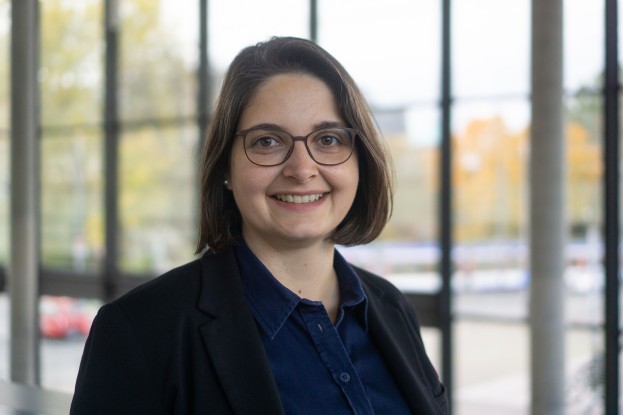Integrating DNA Strand Displacement with RNA Transcriptional Regulation
RNA/DNA hybrids are an underexplored area with significant implications for RNA regulatory systems and strand displacement mechanisms. Strand displacement is a technique where one strand replaces another, with the thermodynamics and kinetics of these mechanisms being well understood.
DNA/RNA hybrid circuits, such as those based on the T7 transcriptional unit, showcase an innovative approach to molecular design. The genelet toolbox highlights this concept, where strand displacement directly regulates T7 transcription, allowing the newly synthesized transcripts to further participate in strand displacement activities. It has led to the development of circuits like switches and oscillators.
Shifting from the genelet's experimental framework, our focus turns to RNA strand displacement mechanisms in vivo, aiming to bridge artificial networks like DNA strand displacement with in vivo RNA mechanisms of regulation. One example is the control of transcription termination by short termination activator RNAs (STARs). The use of short termination activator RNA (STAR) based on intrinsic termination demonstrates the versatility of these systems in regulatory mechanisms, including E. coli transcription. This opens up possibilities for connecting DNA strand displacements with RNA regulatory mechanisms.
This project aims to integrate a strand displacement circuit with a transcriptional regulatory part involving the STAR system. We will focus on designing and implementing simple RNA/DNA hybrid strand displacement. This includes one part dedicated to strand displacement and another to transcription activation, both involving oligonucleotides that can be either RNA or DNA, and both resulting in the release of a DNA or RNA molecule. We intend to connect two independent units, varying their positions in a cascade. We will explore more complex circuits if time permits.
Additional Information
| Project Capacity | One IREP student |
| Project available for | Spring, Summer and Fall 2024 |
| Credits | 18 |
| Available via Remote | No |
| Project Supervisor | Jérémie Marlhens |



